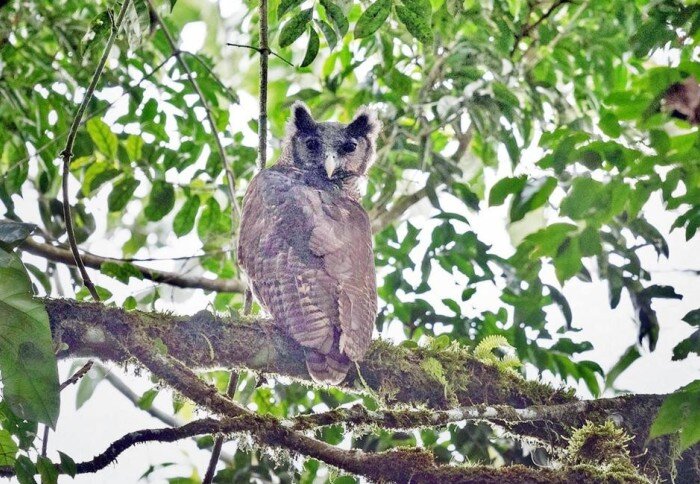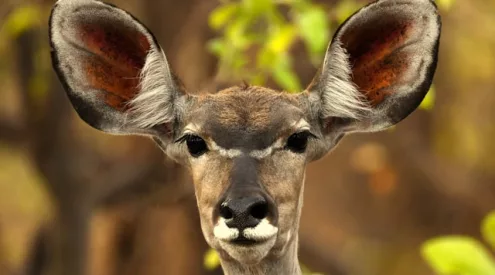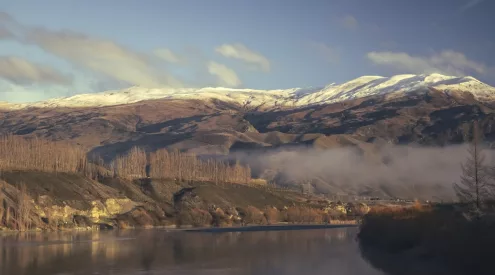A Shelley’s eagle-owl, thought to be extinct, was seen for the first time in 150 years in the wild in Ghana on October 16 by Dr Joseph Tobias from the Imperial College London and Dr Robert Williams, an ecologist from England.

The first description of this bird emerged in 1872, from a specimen obtained by local Ghanaian hunter Richard Bowdler Sharpe, according to phys.org. Since then, no confirmed sightings occurred, and photographic evidence which existed were of captive owls in zoos.
Much speculation emerged, and the bird was thought to have been extinct, taking on an almost mythological character. This all changed when Tobias and Williams stumbled upon the bird, perched upon a branch in the Atewa forest. ‘It was so large, at first we thought it was an eagle. Luckily it perched on a low branch and when we lifted our binoculars our jaws dropped. There is no other owl in Africa’s rainforests that big,’ said Tobias.
The pair only had about 15 seconds before the bird flew away, but they managed to capture a couple of photographs that confirmed their suspicions. The Shelley’s Eagle-Owl has distinctive black eyes, a yellow bill, and is incredibly large, differentiating it from other African owls.
Dr. Nathaniel Annorbah of the University of Environment and Sustainable Development in Ghana explained the significance of this discovery: ‘This is a sensational discovery. We’ve been searching for this mysterious bird for years in the western lowlands, so to find it here in ridgetop forests of Eastern Region is a huge surprise.’
The sighting has renewed hope for the survival of the species which has now been classified vulnerable to extinction. Although the Atewa forest is plagued by illegal logging and bauxite mining, conservationists are rallying for the preservation of the forest, and for it to be declared as a national park.
Williams added: ‘We hope this sighting draws attention to Atewa forest and its importance for conserving local biodiversity. Hopefully, the discovery of such a rare and magnificent owl will boost these efforts to save one of the last wild forests in Ghana.’
Picture: Robert Williams
















